Tsar Tank:
Russia’s Secret WWI Weapon?
January 7th, 2023
8 minute read
Many history buffs who took issue with the Netflix version of Erich Maria Remarque’s All Quiet on the Western Front have admitted that the scenes featuring the French Saint-Chamond tanks were impressive. It was the first time the particular tanks had been depicted in any film — in part because just a single model from the First World War remains in existence.
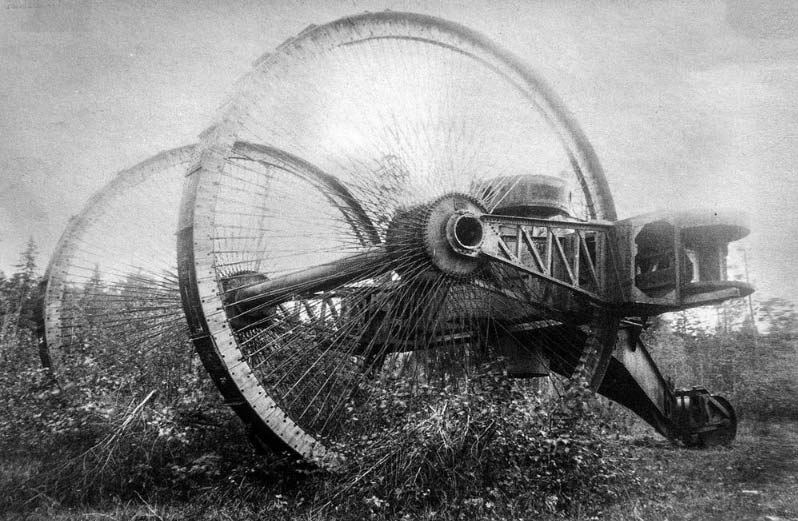
The film has been noted for accurately depicting how the large, slow-moving behemoths literally shook the ground. However, the Saint-Chamond was far from the largest of the vehicles to see service in the conflict, and it was easily dwarfed by the Char 2C, a super heavy tank that was developed at the end of the war — yet arrived too late to see service.
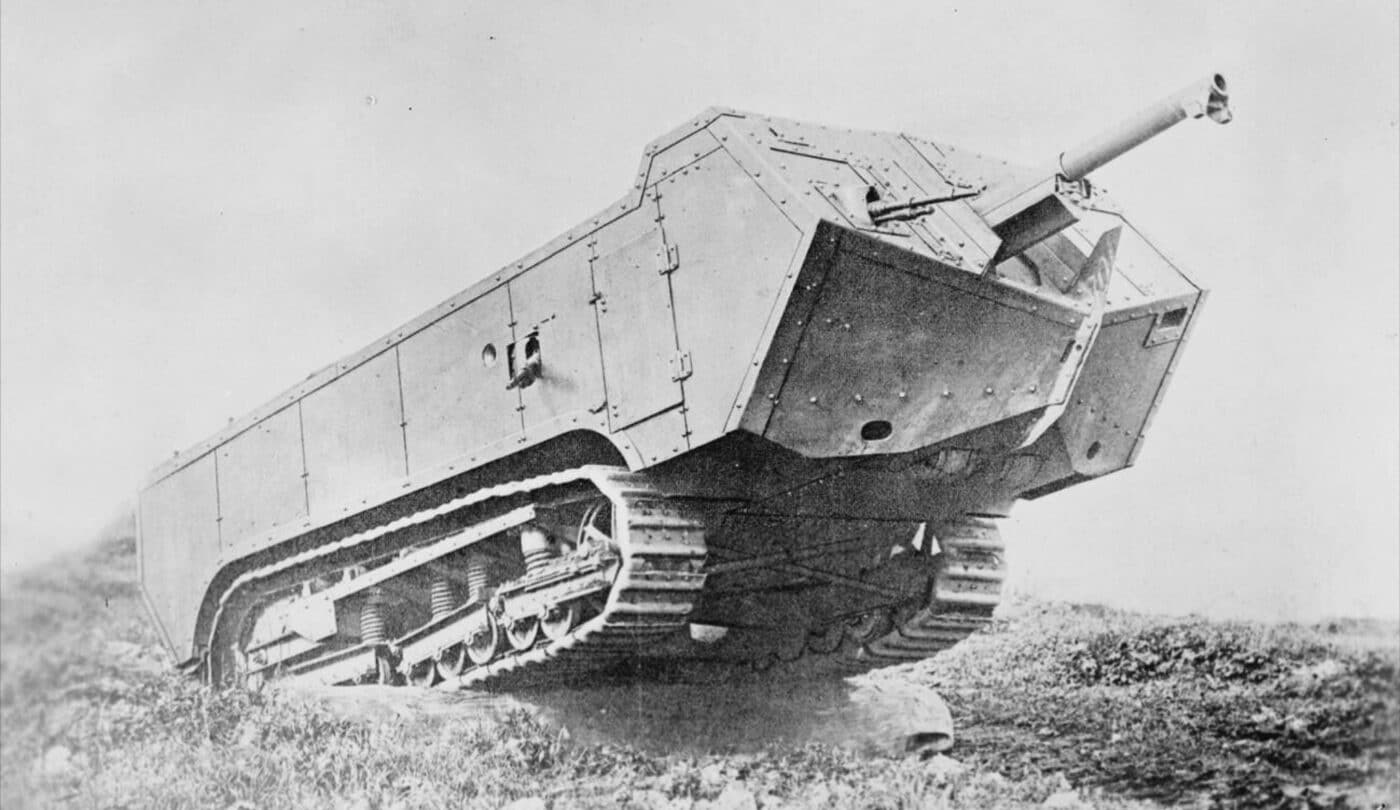
What is largely forgotten is that there were plans for even larger armored vehicles.
The British Pedrail Landship, which predated the first tanks, was actually devised as a troop train that didn’t need to run on tracks. In the end, the efforts were scaled down accordingly — yet Imperial Russia had already created what was likely the largest land vehicle built to that point.
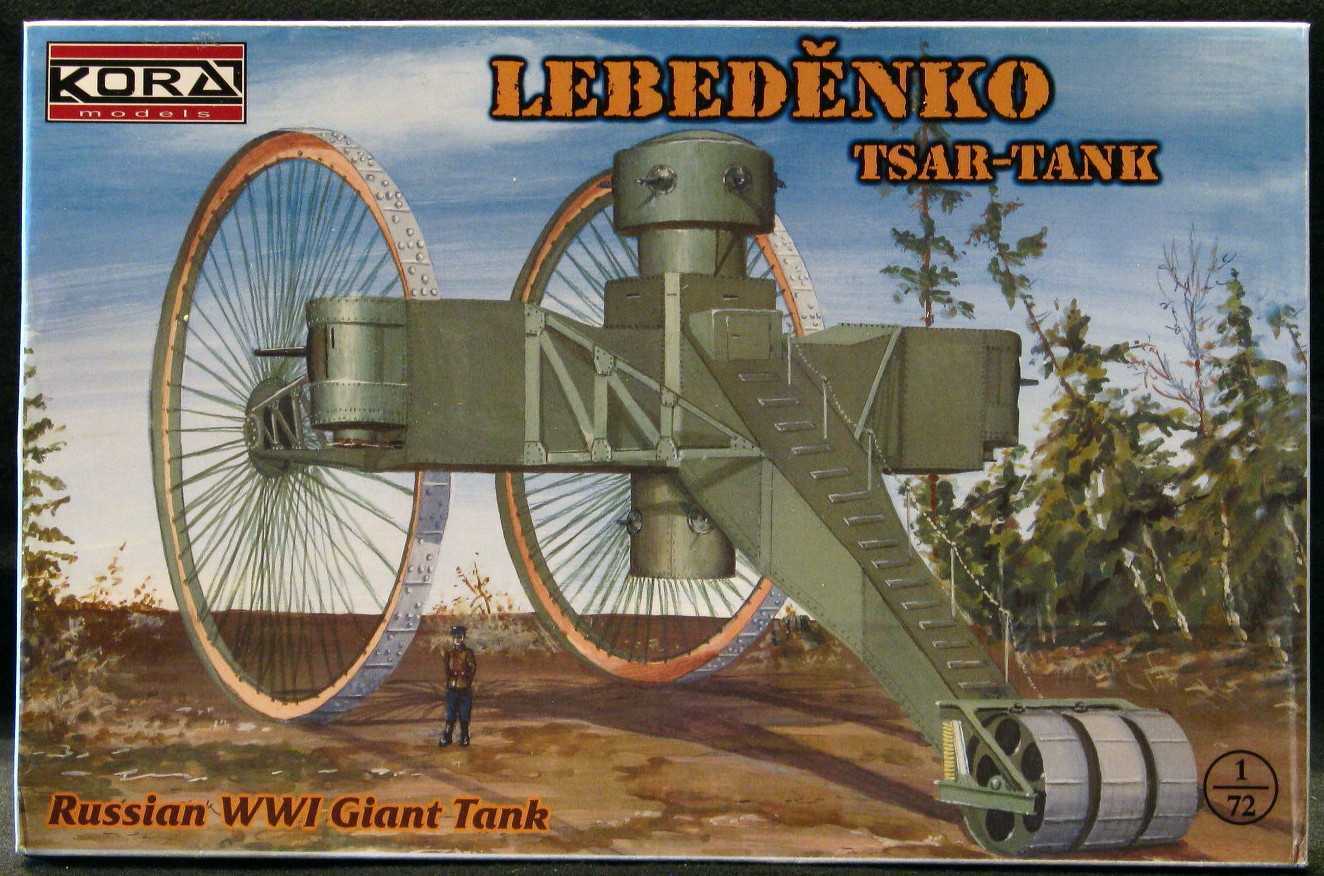
Nearly two years before the first British MkI tanks rolled across the fields of France during the Battle of the Somme, four Russian designers came up with what could only be described as the most absurd weapon concept of the war. Nikolai Lebedenko, Nikolai Zhukovky, Alexander Mikuli, and Boris Stechkin were credited with devising what was soon to be known as the Lebedenko Tank, while it is remembered today as the “Tsar Tank,” named in honor of the ruler of Russia.
What is remarkable is that not only did these men design such a tank, they built a prototype!
A Trackless Tank
It is perhaps even incorrect to describe the vehicle as a tank, as it lacked one of the main distinguishing features — namely the caterpillar tracks. Instead, it was a massively oversized gun carriage that resembled a tricycle, with a small double wheel at the rear of the vehicle and two forward spoke wheels that were nearly nine meters (30 feet) in diameter. The larger wheels were attached to an axle mounted to the hull, which was shaped like a tuning fork. It was essentially a rolling gun platform that was equipped with two 76.2mm cannons and multiple M1910 water-cooled Maxim machine guns in a fixed turret on the top of the hull.
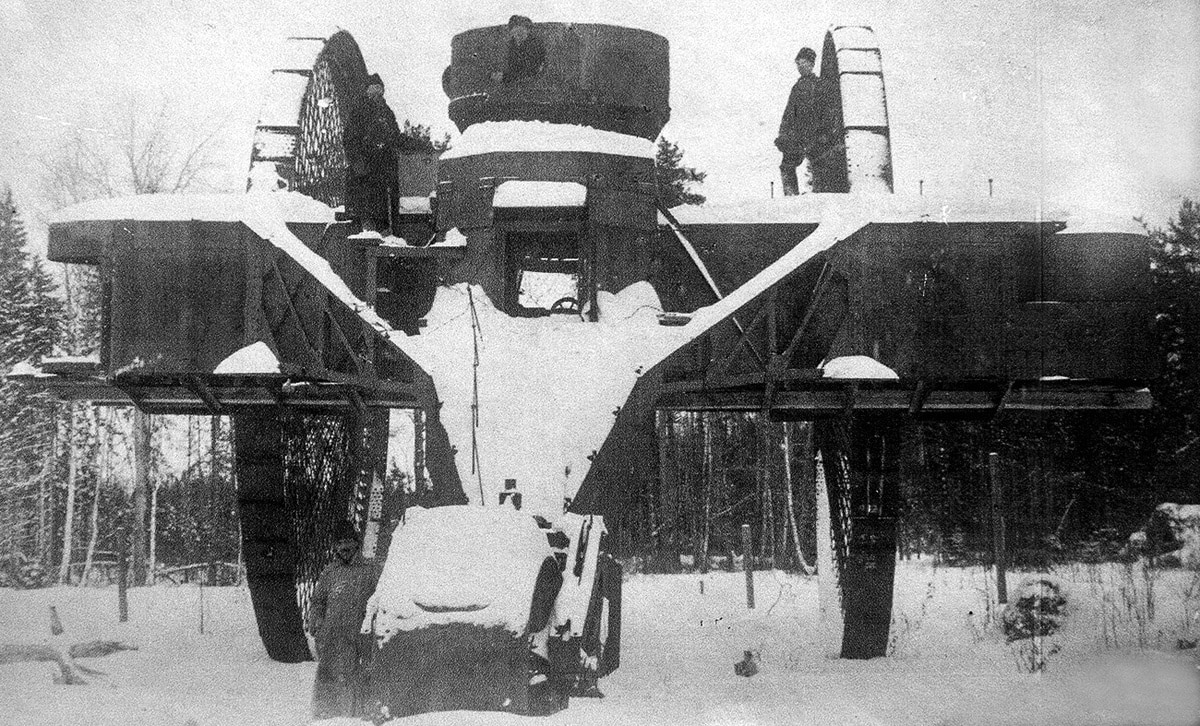
Lead designer Lebedenko was apparently inspired by Turkic povozki carts, which were used to haul goods in the Middle East and parts of Southern Russia. His thinking was that the wheels could allow heavy objects to be carried easily on dirt roads and cobblestone streets. Hence, by essentially supersizing the wheels, it was believed the Tsar Tank would be able to traverse a battlefield with ease, rolling over trees and ditches.
It could be described as something out of steampunk, yet it actually existed.
The concept was not without a number of issues. First, it would have required a crew of 10 to 15, which in fairness was about the size of the crew of other large tanks that were soon to come, but that resulted in another problem. Due to the massive frame and size of the crew, it was apparently so heavy it required two 240hp Maybach engines, which had reportedly been salvaged from a German airship.
On firm ground, it could reach a top speed of 11 miles an hour, which was actually considerably speedy for its day. The biggest problem was that battlefields aren’t typically firm ground. Shell craters and a constant flow of men create a mud-soaked field, while trench lines proved a major impediment to the even best tanks of the era.
Approval of the Tsar
Though we can readily see the flaws of the design thanks to more than 100 years of hindsight, the Russian designers must have believed the massive wheels could literally roll over anything. They weren’t alone in their belief, however, as they even managed to receive the support of Tsar Nicholas II.
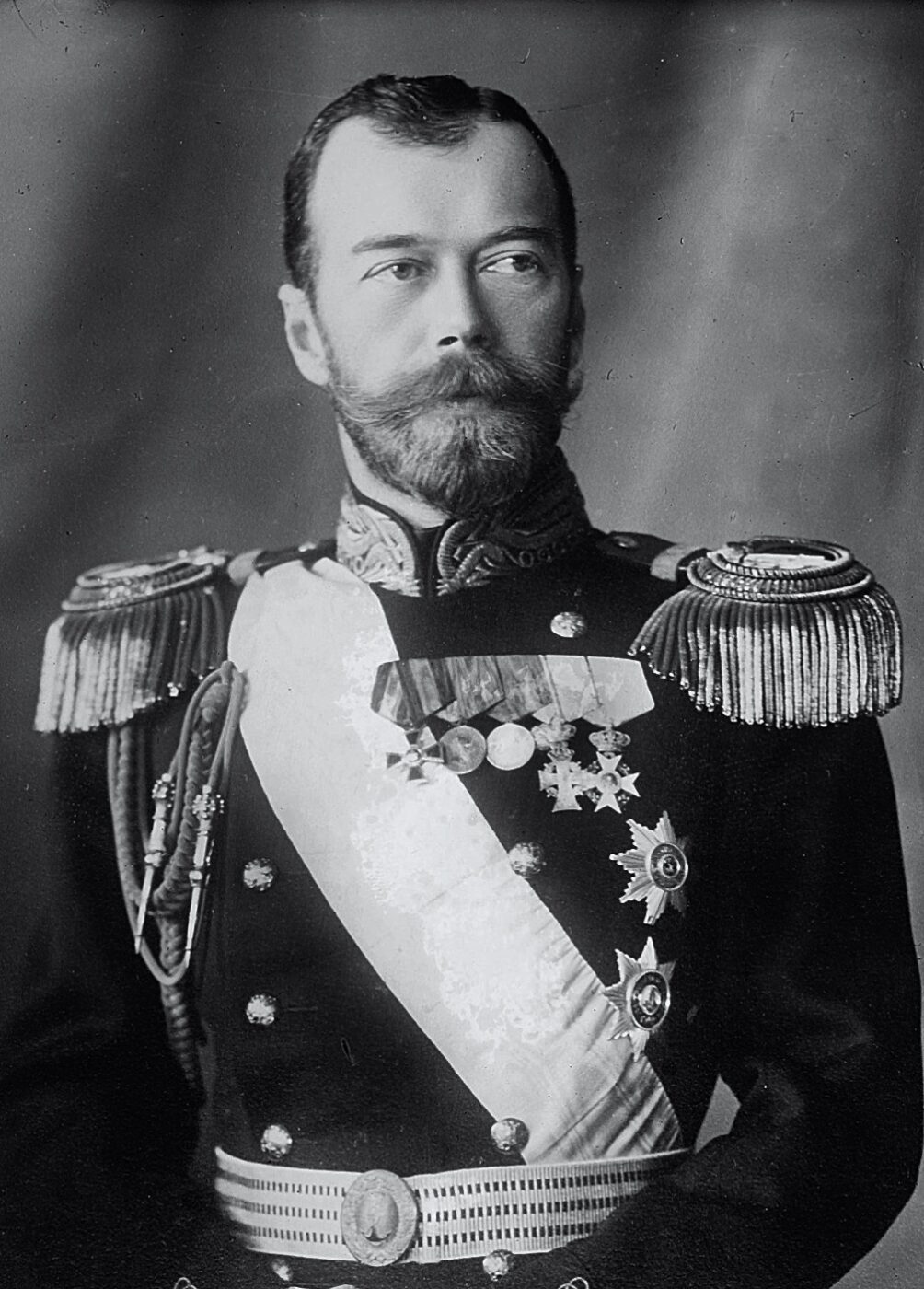
Lebedenko, who worked out of his private laboratory in the heart of Moscow, was among the designers charged with developing weapons for the Imperial Russian Army. At the time, forward thinkers across Europe saw the potential of the airplane and the submarine, while others like Lebedenko saw the potential for a vehicle that could provide fire support for advancing infantry. Most designers saw armored cars as a solution — Lebedenko apparently thought much bigger.
In January 1915, the weapon’s designer was able to get an audience with Tsar Nicholas II, who was in some ways also a forward thinker — at least for an autocrat of the era. In 20 years under Tsar Nicholas II, the speed of industrial development in Russia had outstripped that of the United States, and the ruler had sought to modernize his military. However, war broke out before those efforts could actually be reached.
Russia had vast manpower but still lagged behind in industrial power.
Yet, new and more weapons were being introduced and the Tsar showed interest in the promising rolling super weapon that Lebedenko described. A clockwork wooden model of the vehicle was produced, and it was powered by an engine made from a gramophone spring.
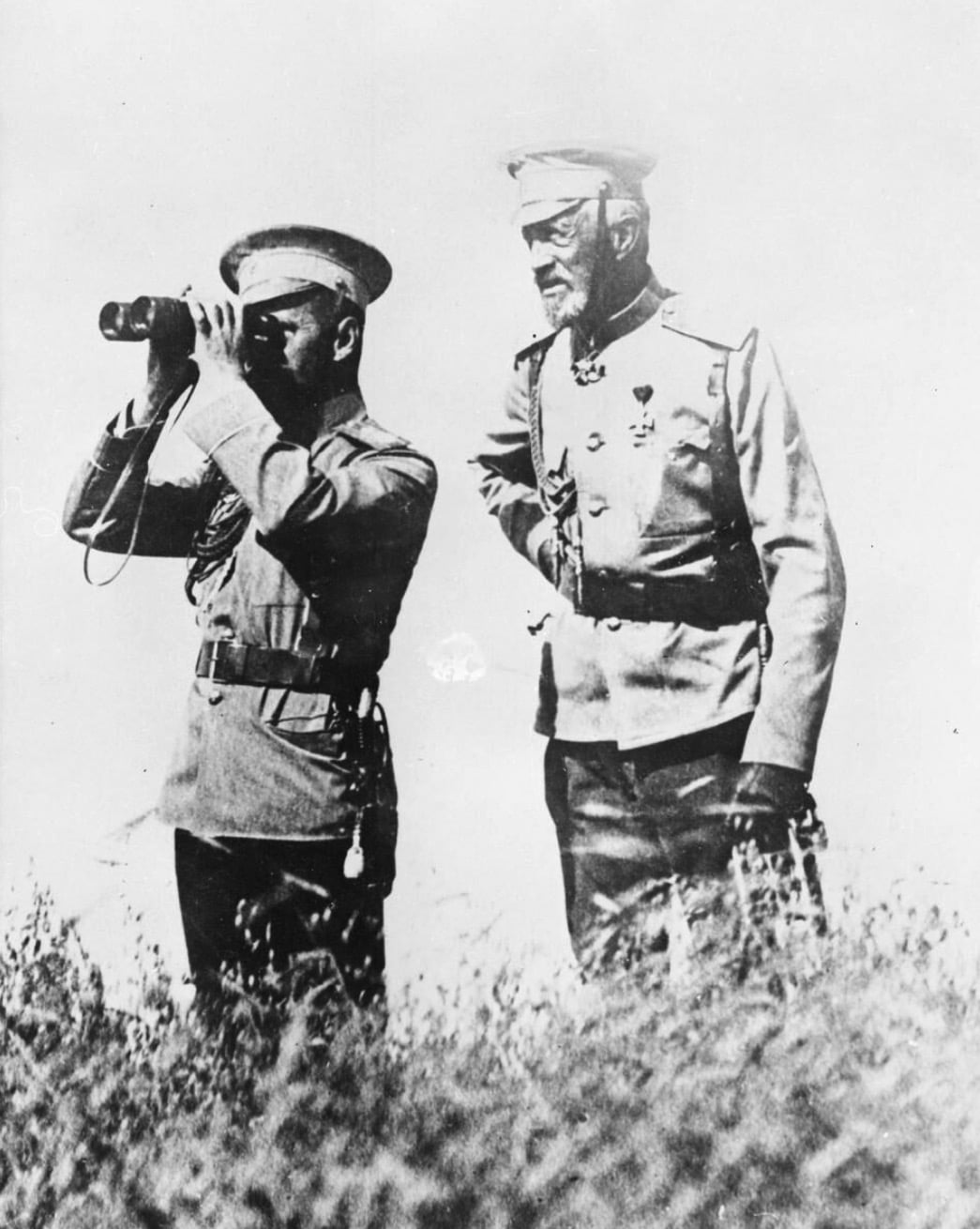
According to various accounts, the Tsar and the Russian engineer played with that model in the Tsar’s Moscow palace, where it was able to effortlessly move across the carpet and even climb stacks of volumes of the “Code of Laws of the Russian Empire.” The demonstration impressed the Russian ruler enough that he gave several hundred thousand rubles of his own money to fund the project.
It would be easy to see how a scale model could both impress and mislead the Tsar.
Moreover, according to legend, Nicholas II was so taken by the model that Lebedenko gifted it to him. Its whereabouts are now lost to history, but it is likely among the countless treasures lost in the Russian Revolution and Civil War that brought down the Romanov dynasty, and resulted in the deaths of Nicholas II and his family.
With the funding secured, and the patronage of the Tsar, Lebedenko was able to work on the full-scale prototype at a plant in Khamovniki, outside of Moscow. As noted, powering the behemoth proved to be a problem, and the two 240hp Maybach engines were eventually utilized — one for each of the massive wheels.
It wasn’t an ideal solution, but it proved good enough for the first prototype, which was finished in July 1915.
Heavier Than Expected
By all accounts, Lebedenko proved to be a far better designer than he was an engineer. The finished prototype proved so heavy that it had to be dismantled and then reassembled at the testing site, and it was found that it had greatly exceeded calculations by upwards of 50% due to the use of thicker metals.
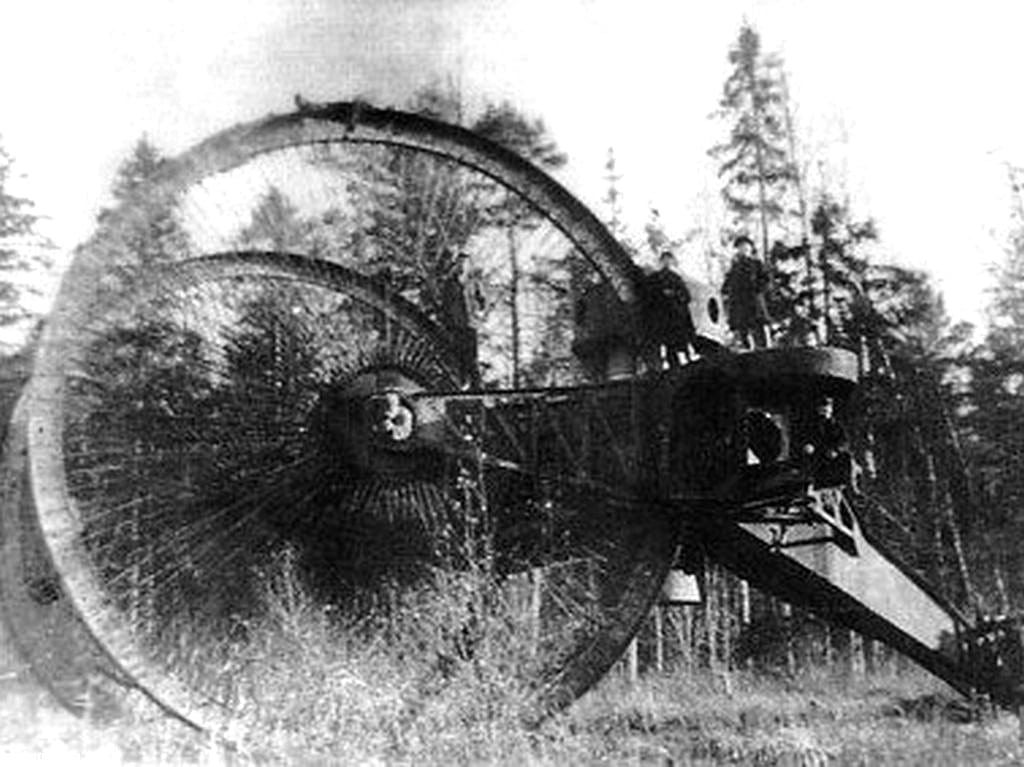
The completed prototype stood about 30 feet tall, and rather than a weapon of war, it has been described as looking something like “Paul Bunyan’s tricycle.” It was certainly well-armed with the numerous guns, but it was far from practical. It would have made an easy target for enemy artillery — which was only made worse by the fact that it quickly bogged down in the mud.
The testing of the Tsar Tank actually started well enough, and the vehicle’s engines proved powerful enough that it was able to move over firm ground and could crush a downed tree like it was little more than a twig. However, when it hit a softer patch of dirt, and the double rear wheels became stuck in a ditch, it was unable to move forward. The engines were incapable to free the massive vehicle and instead, the wheels just dug ruts that further exacerbated the problem.
That first demonstration ended soon after, and it proved to be the last for the massive tricycle tank.
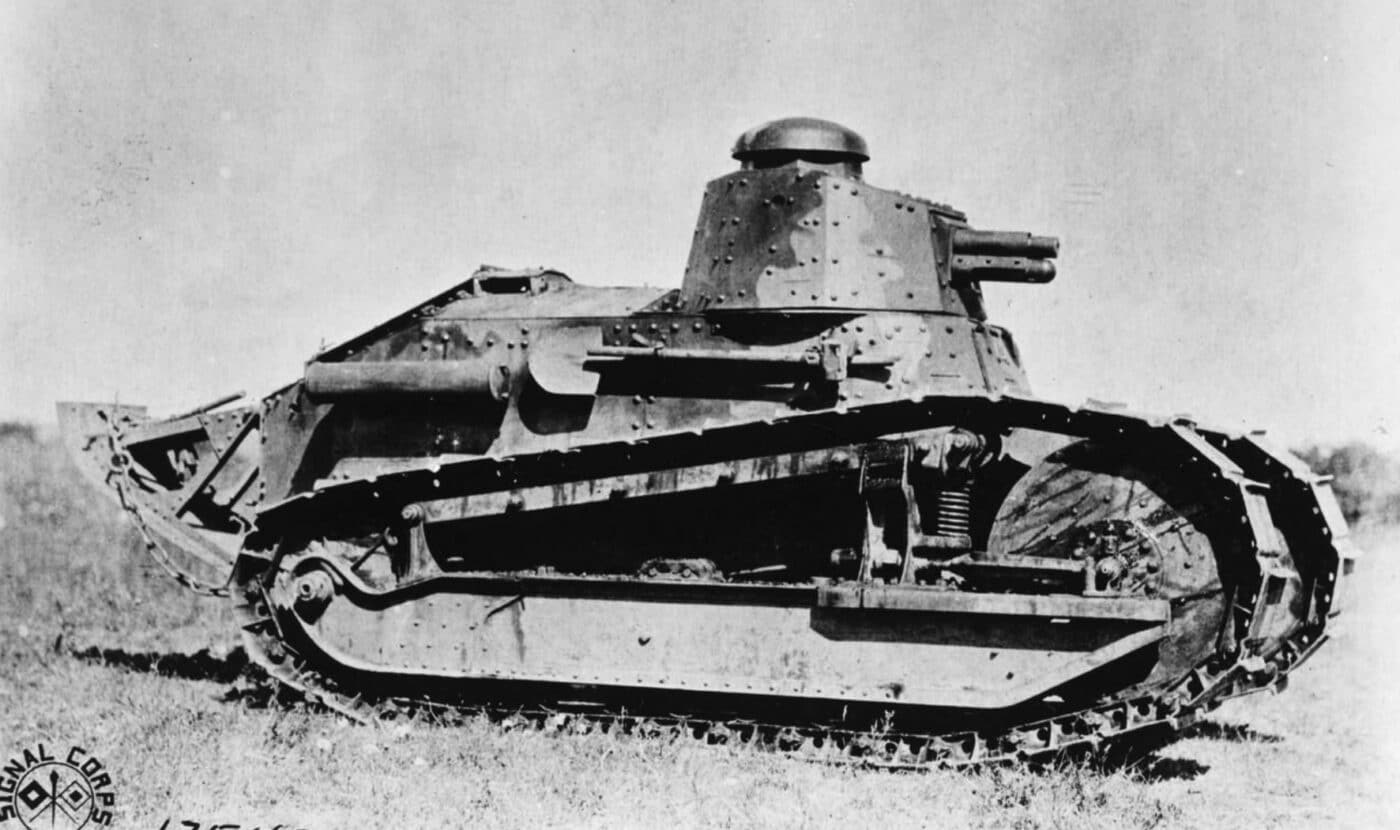
“The ‘Tsar Tank’ is emblematic of the struggles early tank designers confronted: Power and weight,” explained John Adams-Graf, editor of the Military Vehicle Preservation Society’s History in Motion.
“On paper — and on the floor of Tsar Nicholas II’s quarters where a model of the tank was demonstrated — the large wheels should have carried the vehicle over soft terrain,” Adams-Graf added. “In reality, the weight was too much for the power provided by two captured Maybach engines. To this day, designers still struggle with the perfect balance between weight and power in armored fighting vehicles.”
Attempts to Solve the Problem
The design team wasn’t entirely defeated at that point. Two of the designers — Mikulin and Stechkin — had been charged with developing more powerful engines, but the work barely made any progress. Russian military planners weren’t as impressed with the full-size prototype as the Tsar had been with the mockup.
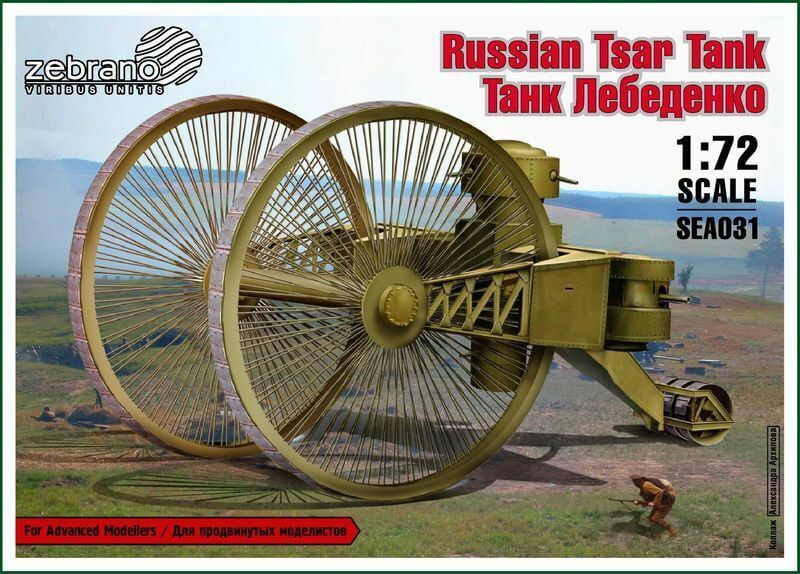
In addition to the costs, it was deemed too vulnerable to enemy fire.
The project was formally abandoned just as the British Landship program developed Little Willie, which was the first prototype tank, was making progress. It was far smaller, but with its caterpillar tracks was more ideally suited to the modern battlefield. It led to the development of the MkI, and by the war’s end, Russia was supplied with a number of British-made tanks.
Within two years of that sole field test of the Tsar Tank, the Russian Empire was no more. The February Revolution of 1917 brought down the century’s old regime — one of Europe’s oldest. That October, the Bolsheviks overthrew the Provisional Government, and less than a year later Tsar Nicholas II and his family were murdered.
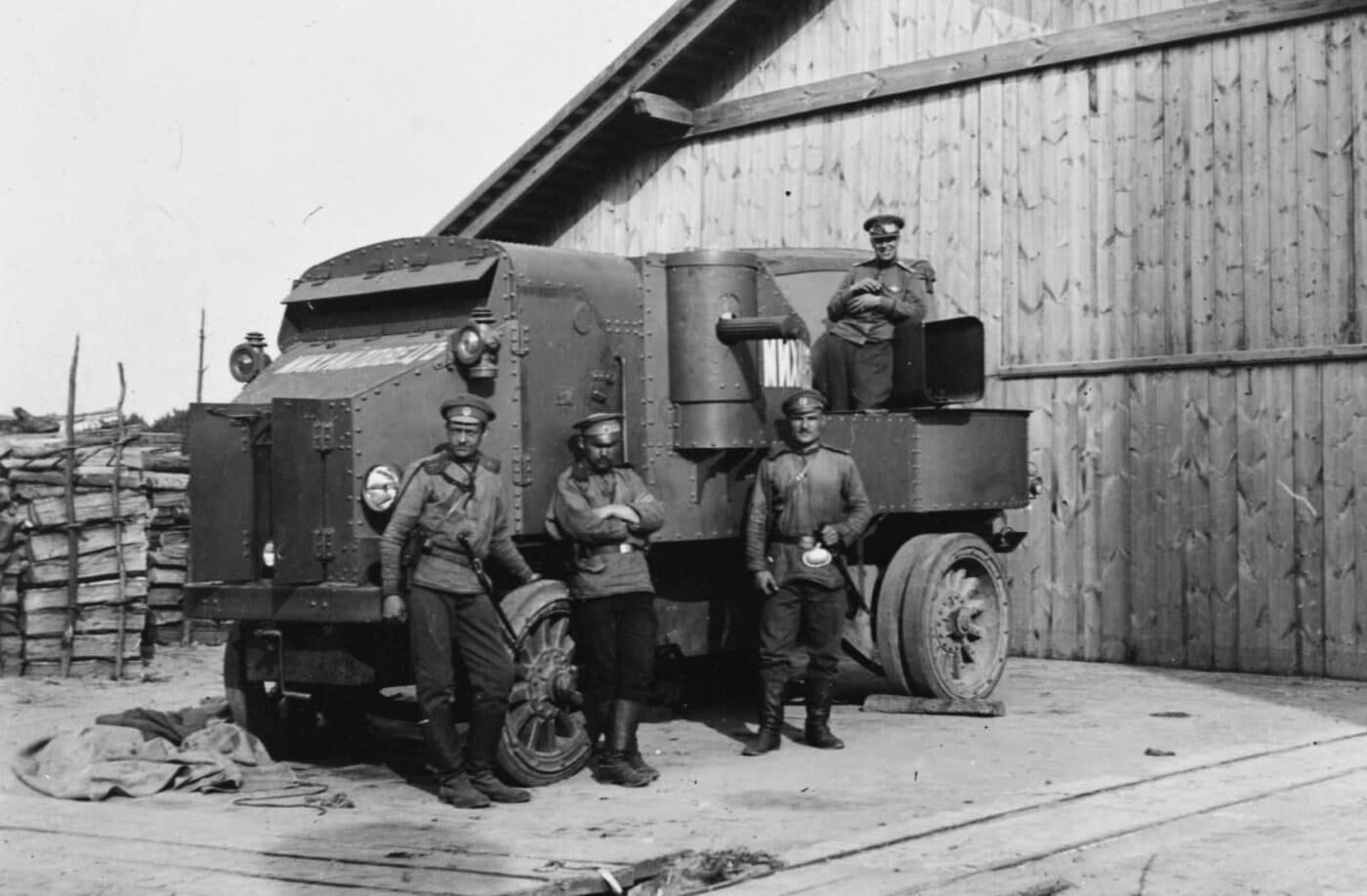
Meanwhile, the single prototype built by Lebedenko and his team remained stuck in the swamp until 1923 when it was salvaged for scrap. It had survived the Russia Civil War, likely ignored as little more than a curiosity, but the new communist government saw no reason to preserve it.
Sadly, only a handful of photos of the original tank remain while the scale model that had been gifted to Tsar Nicholas II, and all blueprints of this most impractical tank, have apparently been lost to the ages. However, in 2020 the Russian T-34 Museum outside of Moscow constructed a replica based on the few known photos.
Though lacking some of the details of the original, it allows the scale of this most unusual tank to be truly appreciated.
Editor’s Note: Please be sure to check out The Armory Life Forum, where you can comment about our daily articles, as well as just talk guns and gear. Click the “Go To Forum Thread” link below to jump in and discuss this article and much more!
Join the Discussion
Featured in this article
Continue Reading
Did you enjoy this article?

 286
286







